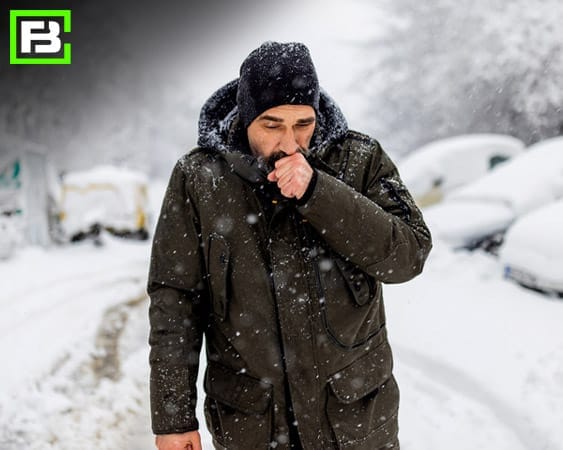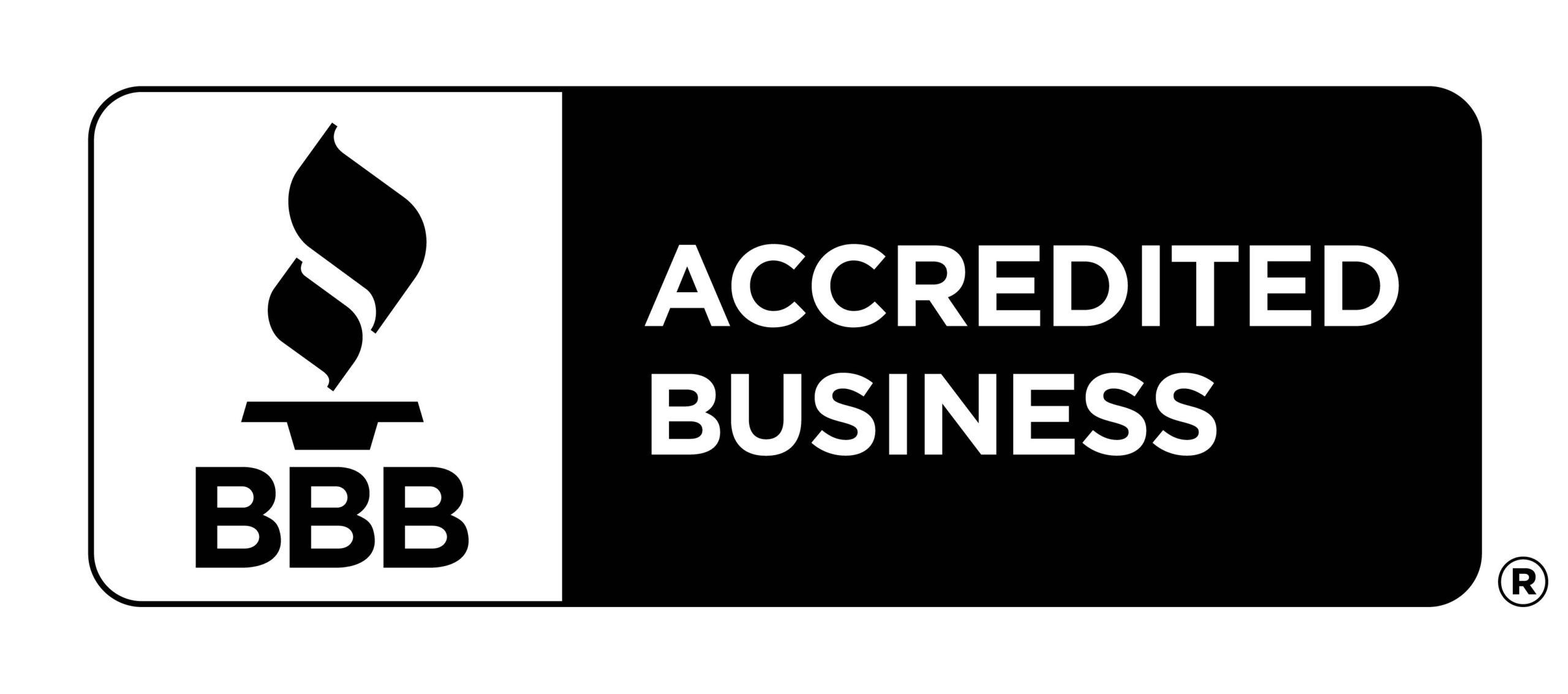At Forge, we understand that construction doesn’t come to a halt when winter weather hits, so it’s important to know the steps to take to keep workers warm and safe. According to the most recent data published by the Bureau of Labor Services, in recent years upward of 20,460 workplace injuries were caused by snow, sleet, or ice. So, before the next major winter storm starts to impact your area with snow and ice accumulation, be prepared and review these winter weather safety tips for keeping your workers safe.
When winter weather strikes, Supervisors should:
The last thing any company would want is to have a construction site full of workers stranded because a blizzard blew in without warning. During the winter, it is key to keep an eye on the forecasts in order to give workers adequate time to secure the construction site and get home safely before any severe weather strikes.
During the winter months, it is important to have a reliable way to communicate with workers, especially those in remote areas, during storms and extreme weather to ensure all are accounted for in case of evacuation or schedule changes.
Consider enacting a buddy system, assigning at least two workers together in cold, remote locations and maximize jobsite safety by preparing for a flexible schedule. Weather changes quickly, so can your project in response.

It is also super important to check workers for signs of fatigue, frostbite, or hypothermia.
Cold stress occurs when the body is unable to warm itself and can lead to hypothermia and frostbite. Hypothermia occurs when the core body temperature falls below 95°F. Common symptoms include shivering, shallow breathing, confusion, loss of coordination, drowsiness, slurred speech, and slow, weak pulse.
If someone is showing symptoms of hypothermia, it is imperative to get their core temperature back up. Remove all wet clothing and move the person to a dry, warm area. Use blankets, additional clothing, and heating pads to increase their temperature.
If conscious, they should be given warm liquids to drink. CPR should be given immediately to an unconscious hypothermic person, or one who has no pulse or isn’t breathing, and 911 should be called for emergency medical service.
Frostbite occurs when body tissue freezes and is most common in the extremities, since these areas tend to have less blood flow when exposed to cold temperatures. Color changes in the affected tissue and loss of normal sensation are typical signs of frostbite.
Rewarm frostbitten areas with warm water. Avoid rubbing the areas to warm it up and do not use heating pads to try and warm the affected areas. Call 911 and get medical treatment immediately if affected by frostbite.
Finally, remind workers to limit consumption of caffeine, nicotine, and other stimulants as this increases their heart rate, causing them to feel warmer than they actually are.
Construction workers tend to expend more energy when working in cold weather in order to keep their bodies warm. It is key to ensure the company has a heated trailer, tent, or indoor area for workers to warm up from the cold. Limit exposure to the elements by encouraging workers to take frequent breaks in order to rest and warm up, drink warm liquids, and change out of wet clothing.
If using portable heaters in break areas, make sure to properly vent the area and use CO sensors to monitor for carbon monoxide exposure.
During the winter months, it is important to take extra steps in ensuring workers are wearing the proper clothing and gear as well as all necessary personal protective equipment (PPE) when winter weather conditions are present.

Keeping warm is one of the most important things when working in cold weather. The key is finding a balance of wearing enough layers to stay warm while still being able to maintain a good range of mobility to perform the required work.
For more tips on keeping warm on the construction site, be sure to check out 10 Tips for Keeping Warm on the Construction Site.
Make sure each of your company’s fleet of work trucks and vehicles is equipped with winter weather emergency kits. Kits should include a:
Encourage workers to create emergency kits for their personal vehicles.
Remind workers to be cautious when driving in snow and ice, giving themselves plenty of time to get to their destination, and leaving plenty of space between themselves and other vehicles to avoid accidents.
Keeping construction workers safe is always top of mind for all of us here at Forge!
